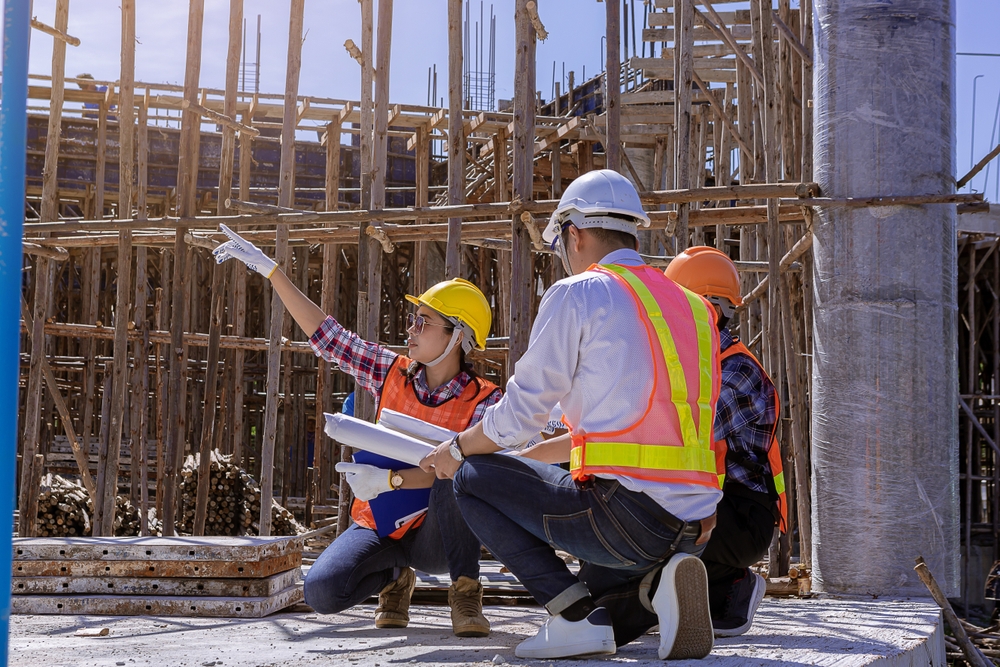
Carbon Offsetting in Construction: Paving the Way to Net-Zero Emissions
Carbon Offsetting in Construction: Paving the Way to Net-Zero Emissions
The construction industry is one of the largest contributors to global greenhouse gas emissions. As the world moves toward a low-carbon future, carbon offsetting in construction has emerged as a key strategy to balance the sector’s environmental impact.
By investing in projects that remove or prevent carbon emissions elsewhere, carbon offsetting in construction allows developers to neutralize the carbon footprint of their projects while supporting sustainable growth.
What Is Carbon Offsetting in Construction?
Carbon offsetting involves compensating for the greenhouse gases produced during building activities by funding initiatives that reduce or capture carbon elsewhere. These initiatives include reforestation, renewable energy generation, and methane capture projects.
The concept supports the transition to net-zero carbon buildings, ensuring that any unavoidable emissions are effectively counterbalanced.
Why Carbon Offsetting Matters in Construction
Construction activities — from material manufacturing to transportation and site operations — generate significant carbon emissions. While innovations in sustainable materials and energy-efficient designs help, achieving absolute zero emissions is often impossible.
That’s where carbon offsetting comes in. It bridges the gap between unavoidable emissions and environmental responsibility, enabling builders to meet climate goals without halting progress.
How Carbon Offsetting Works in Construction
1. Measuring Carbon Emissions
The first step in carbon offsetting is conducting a carbon audit or life cycle assessment (LCA) to calculate emissions from all project stages — design, materials, construction, and operation.
2. Reducing Carbon at the Source
Before offsetting, it’s crucial to minimize emissions through energy-efficient construction, use of low-carbon materials, and sustainable architecture practices.
3. Investing in Offset Projects
Developers then invest in certified carbon offset programs that remove or avoid an equivalent amount of CO₂ from the atmosphere. Examples include tree-planting drives, solar energy projects, and waste-to-energy initiatives.
4. Verification and Certification
To ensure credibility, carbon offsetting must align with verified standards such as the Verified Carbon Standard (VCS) or Gold Standard.
Benefits of Carbon Offsetting in Construction
-
Environmental Responsibility: Helps balance emissions and protect ecosystems.
-
Supports Renewable Energy: Funds projects that promote clean power.
-
Enhances Brand Reputation: Positions developers as leaders in sustainability.
-
Compliance with Green Regulations: Meets global and local sustainability targets.
-
Pathway to Net-Zero: Plays a crucial role in achieving net-zero carbon buildings.

Carbon Offsetting Initiatives in India
India is increasingly adopting carbon offsetting as part of its green infrastructure agenda. The country’s participation in global carbon markets allows developers to invest in certified projects that align with the Paris Agreement goals.
Organizations such as the Indian Green Building Council (IGBC) and the Bureau of Energy Efficiency (BEE) are encouraging builders to integrate offsetting into sustainability strategies.
Prominent initiatives include afforestation programs, solar energy farms, and biogas projects that reduce dependency on fossil fuels while promoting carbon offsetting.
How to Implement Carbon Offsetting in Construction
-
Conduct a Carbon Footprint Analysis: Identify the total emissions associated with your project.
-
Adopt Sustainable Practices: Incorporate eco-friendly construction methods and renewable energy.
-
Select Certified Offset Projects: Choose credible projects aligned with international standards.
-
Track and Report Progress: Regularly monitor emissions and offset outcomes for transparency.
-
Collaborate with Experts: Work with consultants experienced in carbon offsetting for accurate assessment and implementation.
Partner with AMS India for Sustainable Construction
At AMS India, we are committed to creating a cleaner, greener future through carbon offsetting and sustainable development practices.
Our team helps clients measure, reduce, and offset emissions using verified global standards, ensuring that every project contributes positively to the planet.
Conclusion: Building Toward a Carbon-Neutral Future
Carbon offsetting is more than a compliance measure—it’s a commitment to sustainability and climate responsibility. By integrating offset programs with green building practices, the construction industry can drastically reduce its environmental footprint.
Embracing carbon offsetting ensures that every brick laid today builds a cleaner, more resilient world for generations to come.
Read more related articles to enhance your knowledge and make informed decisions
Cost-Effective Modular Construction: Fast, and Sustainable Building Solutions
Smart Modular Buildings: Innovative, Efficient, and Sustainable Construction








